Solutions
frizbit

Digital Marketing News & Updates from March 2023
4 April 2023
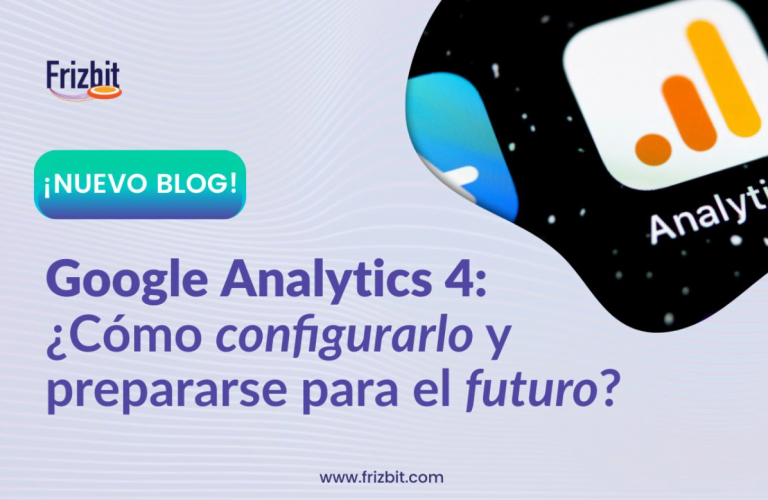
Google Analytics 4 (GA4) vs Universal Analytics (UA) – How to prepare for the future of analytics?
31 October 2022
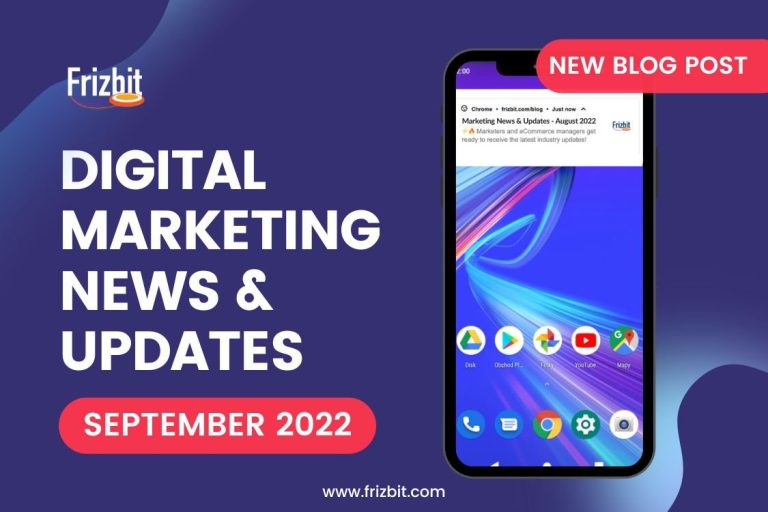
Digital Marketing News and Updates from September 2022
5 October 2022
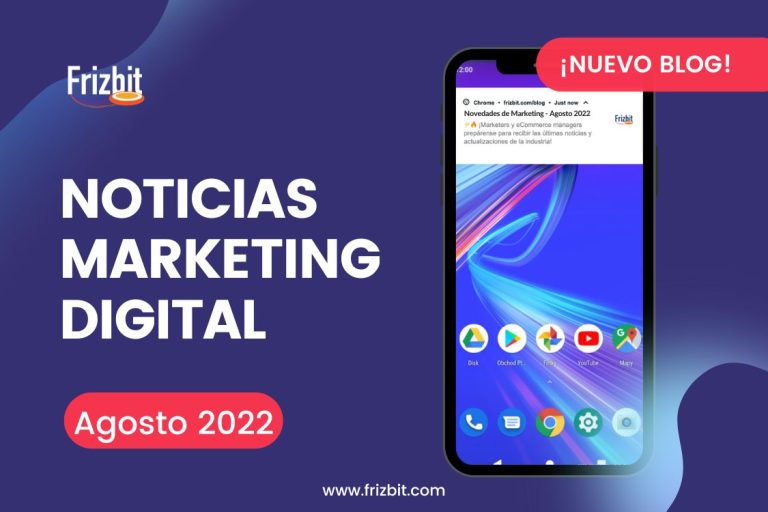
Digital Marketing News and Updates from August 2022
1 September 2022
Dream Tech Stack for E-commerce with top eCommerce tech startups of Barcelona
25 July 2022
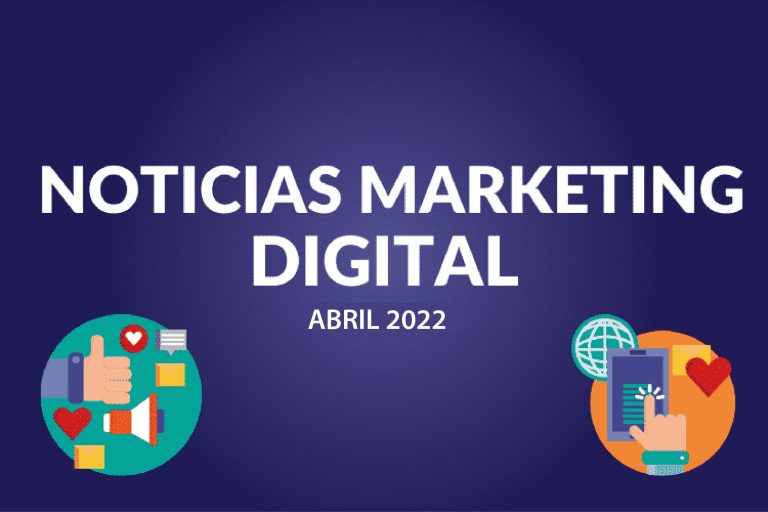
Digital Marketing News and Updates from April 2022
9 May 2022
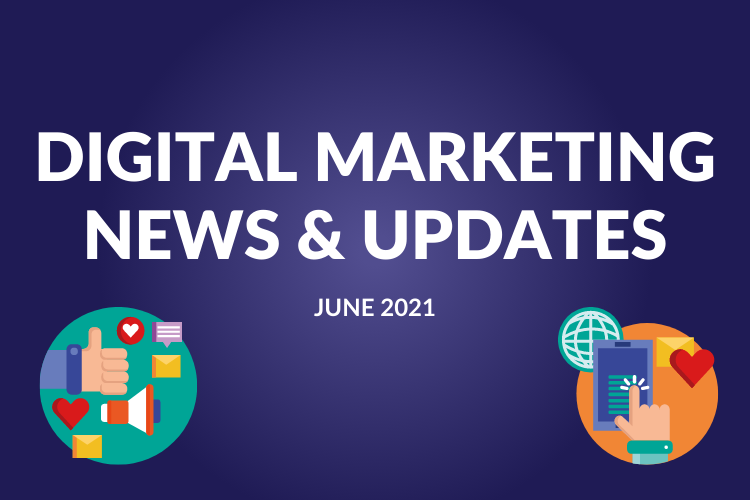
Digital Marketing News, Updates and Insights from June 2021
30 June 2021

Web Push Notifications: A Complete Guide for all Levels
16 February 2021
